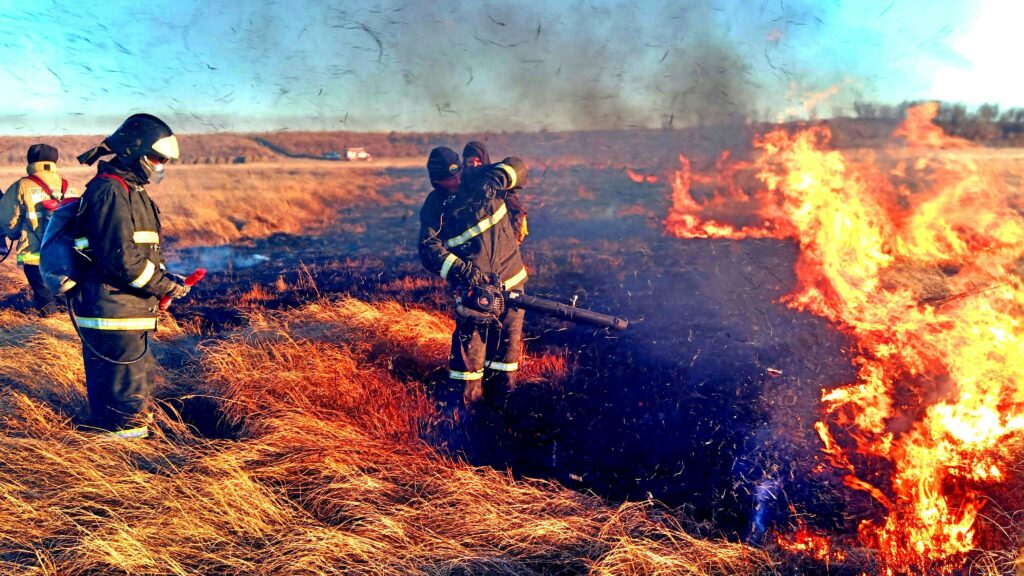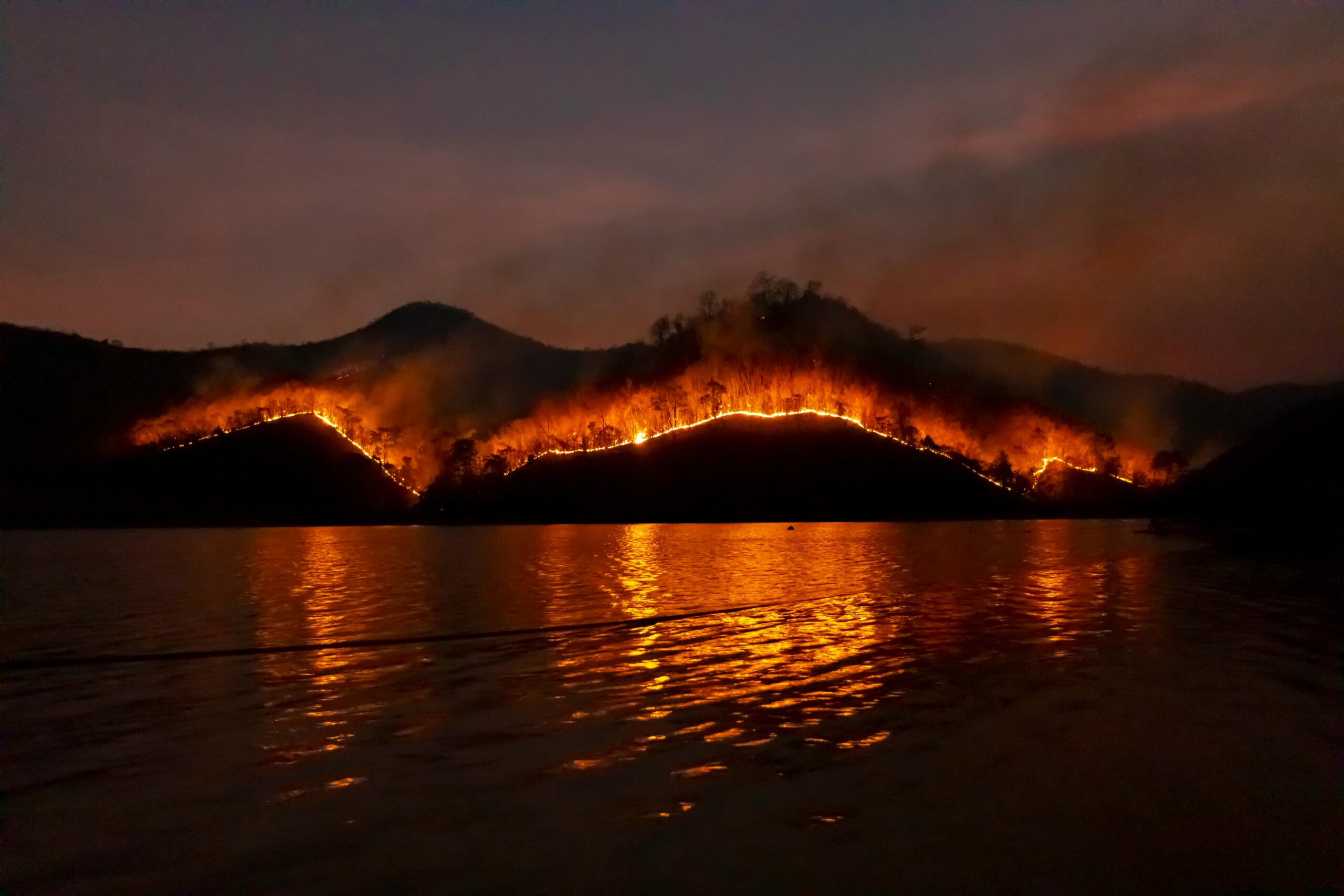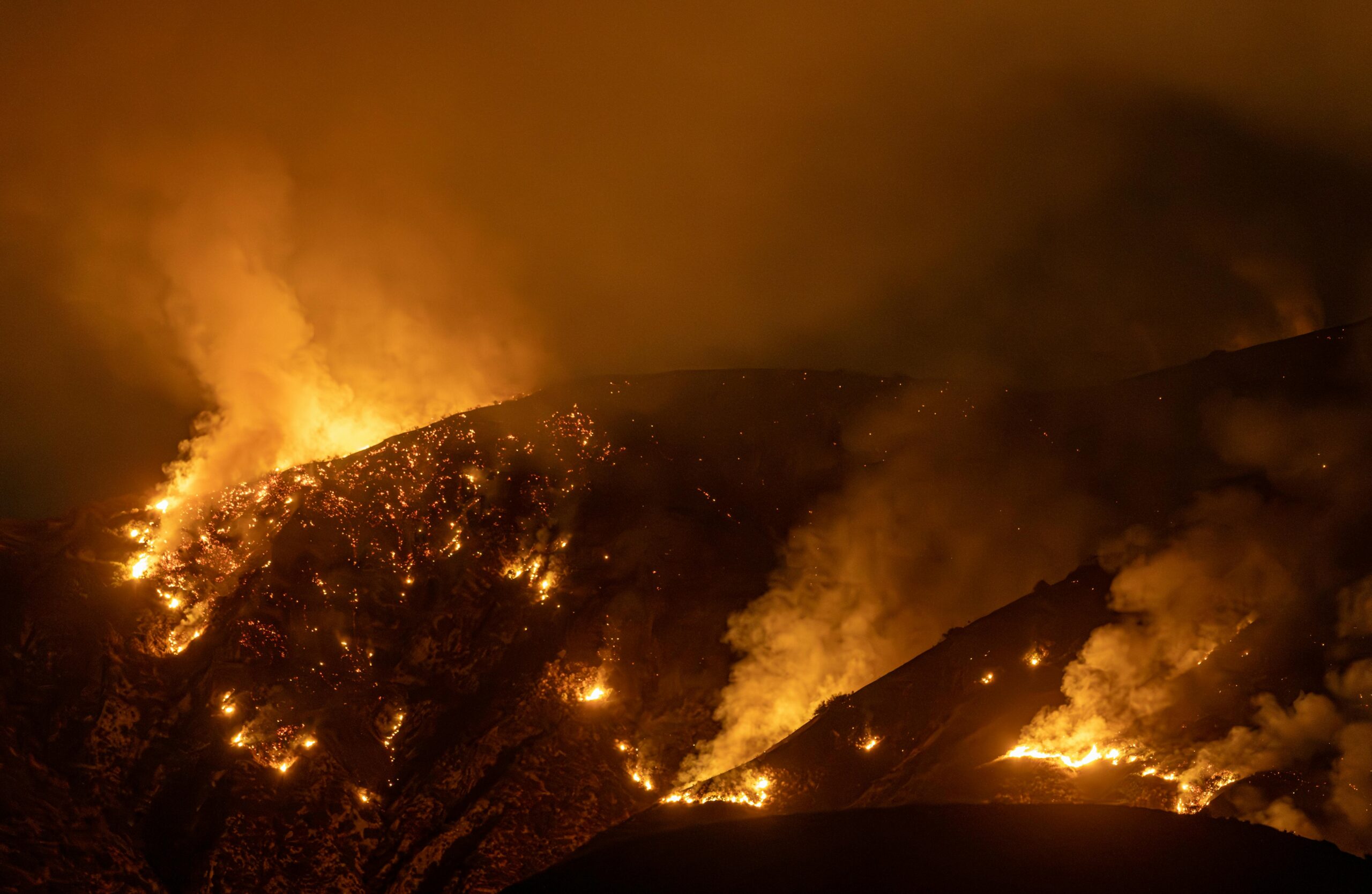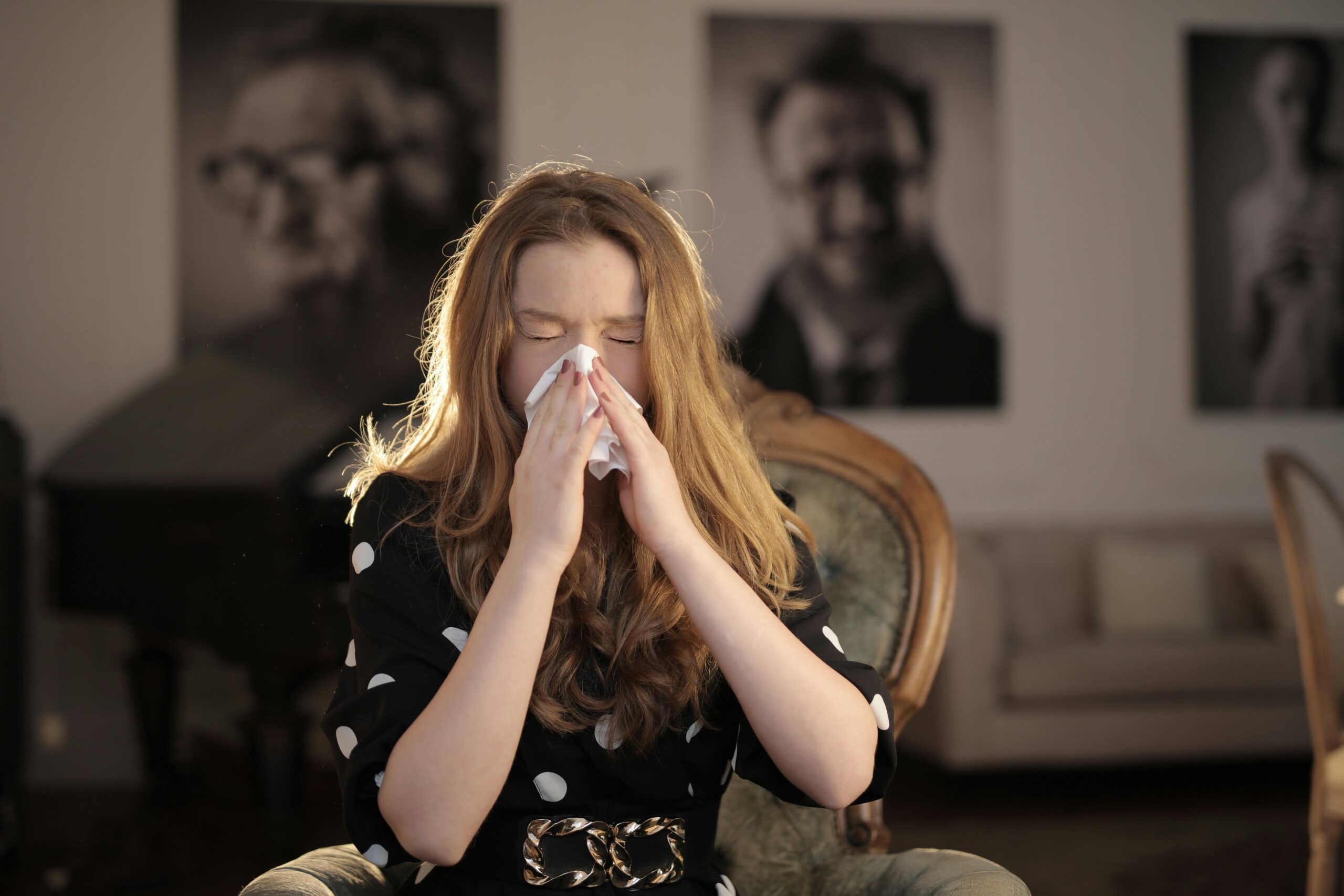Introduction
What makes the Hollywood Hills fire such a recurring and destructive phenomenon? This article explores the history, causes, and impacts of these wildfires, offering practical tips on prevention and preparation.
With increasing fire risks, understanding the Hollywood Hills fire is essential for protecting lives and property.
History of Wildfires in the Hollywood Hills
Wildfires have been a recurring challenge in the Hollywood Hills for decades. Since the early 20th century, fires have periodically swept through the area, fueled by dry vegetation, strong winds, and soaring temperatures.
One of the most infamous Hollywood Hills fires occurred in 1961, destroying over 500 homes and causing widespread devastation. Such incidents underscore the persistent threat that wildfires pose to this region.
Over the years, technological advancements and improved firefighting techniques have helped mitigate some of the damage, but the risk of another large-scale Hollywood Hills fire remains ever-present.
Causes and Contributing Factors
Several factors contribute to the frequent occurrence of wildfires in the Hollywood Hills:
- Climate Conditions – Prolonged droughts and heatwaves create an ideal environment for fires to ignite and spread rapidly. Rising global temperatures exacerbate these conditions, increasing the likelihood of a Hollywood Hills fire.
- Vegetation – The area is abundant with dry, flammable brush and trees, which serve as fuel for fires. Without regular maintenance and clearing, this vegetation creates a highly combustible environment.
- Human Activity – Careless behaviors, such as improperly extinguished cigarettes or unattended campfires, often spark wildfires. Additionally, construction work, vehicle malfunctions, and even intentional acts of arson can lead to a devastating Hollywood Hills fire.
- Santa Ana Winds – These strong, dry winds accelerate the spread of flames, making firefighting efforts even more challenging. The combination of high winds and low humidity creates a perfect storm for wildfire outbreaks.
Understanding these factors is crucial for mitigating future Hollywood Hills fires. Addressing both natural and human-made causes can significantly reduce the frequency and severity of these disasters.
Environmental and Ecological Impact
The environmental toll of a Hollywood Hills fire is immense. Wildfires not only destroy vast tracts of land but also severely disrupt local ecosystems. Native plants and wildlife often face displacement or extinction as their habitats are obliterated.
Additionally, fires release significant amounts of carbon dioxide and other pollutants into the atmosphere, contributing to climate change and air quality degradation.
The aftermath of a Hollywood Hills fire often includes soil erosion, water contamination, and loss of biodiversity. Efforts to restore the damaged environment can take years, highlighting the need for proactive measures to prevent such destruction.
Safety Measures and Fire Prevention

To combat the threat of wildfires, several safety measures and fire prevention strategies have been implemented:
- Defensible Space – Property owners are encouraged to create defensible space by clearing vegetation around their homes. This reduces the likelihood of a Hollywood Hills fire reaching residential areas.
- Fire-Resistant Materials – Using fire-resistant building materials can significantly reduce the risk of structural damage. Homes built with these materials are better equipped to withstand the intense heat of a wildfire.
- Community Education – Local authorities frequently organize workshops and distribute educational materials to raise awareness about fire prevention. Teaching residents how to prepare for a Hollywood Hills fire is a critical aspect of community safety.
- Early Warning Systems – Advanced technologies, such as satellite monitoring and automated alerts, help detect and respond to fires more swiftly. Early detection can prevent a small fire from escalating into a full-blown disaster.
By adopting these practices, residents can minimize the risk of a Hollywood Hills fire wreaking havoc on their community. Prevention and preparedness are key to safeguarding lives and property.
Stories from the Frontlines: Firefighters and Residents
The bravery and resilience of firefighters and residents during a Hollywood Hills fire are nothing short of inspiring. Firefighters often work tirelessly under extreme conditions, risking their lives to protect people and property.
Meanwhile, residents share harrowing tales of evacuations, near misses, and the struggle to rebuild after a disaster. These stories highlight the human element of wildfire experiences, reminding us of the importance of solidarity and support during such crises.
For many, the memory of a Hollywood Hills fire is etched in their minds as a moment of both fear and unity.
Hollywood Hills Fire: A Timeline of Notable Incidents
The Hollywood Hills have witnessed several significant wildfires over the years. Below are several of the most significant events:
- 1961 Bel Air Fire – This devastating blaze destroyed over 16,000 acres and more than 500 homes, leaving a lasting impact on the region. The fire prompted major changes in fire safety regulations.
- 2007 Hollywood Hills Fire – A smaller but still significant fire that led to evacuations and highlighted the need for improved safety measures. It served as a wake-up call for local authorities and residents alike.
- 2019 Barham Fire – This fire threatened several homes and reminded residents of the ever-present danger of wildfires. The swift response of firefighters stopped the blaze from spreading further and causing greater destruction.
Each of these incidents serves as a stark reminder of the volatility of the Hollywood Hills environment. The lessons learned from these events continue to shape fire management strategies.
Government and Community Response
Both government agencies and local communities play pivotal roles in managing and preventing Hollywood Hills fires. Agencies like the Los Angeles Fire Department (LAFD) and California Department of Forestry and Fire Protection (Cal Fire) lead firefighting and prevention efforts.
Meanwhile, community groups organize cleanups, educate residents, and advocate for better fire management policies. The combined efforts of these entities are essential for mitigating the impact of wildfires.
Programs such as fuel reduction initiatives, prescribed burns, and grant funding for fire-resistant construction have been instrumental in reducing the risk of a Hollywood Hills fire.
Preparing for Future Wildfires
Given the increasing frequency and intensity of wildfires, preparation is more critical than ever. Here are some steps that individuals and communities can take to prepare for future Hollywood Hills fires:
- Emergency Plans – Develop and rehearse evacuation plans to ensure swift and safe responses during a fire. Knowing evacuation routes and having a go-bag ready can save lives.
- Home Hardening – Strengthen homes with fire-resistant roofs, windows, and vents. These improvements can make a significant difference during a Hollywood Hills fire.
- Community Drills – Participate in fire drills organized by local authorities to practice emergency procedures. Regular drills ensure that residents are prepared for real-life scenarios.
- Stay Informed – Monitor weather forecasts and fire risk levels to stay ahead of potential threats. Access to real-time information can help residents make informed decisions during a crisis.
Taking preventative steps can greatly help minimize the effects of wildfires. Preparing for a Hollywood Hills fire is a shared responsibility that requires cooperation and commitment from everyone involved.
Conclusion
The Hollywood Hills fire is a stark reminder of the delicate balance between natural beauty and environmental risks. While wildfires remain a persistent threat, understanding their causes, impacts, and prevention methods can empower individuals and communities to protect themselves and their surroundings.
By working together and staying vigilant, we can mitigate the risks and safeguard the Hollywood Hills for generations to come. As the challenges of climate change and urban expansion continue to grow, addressing the threat of a Hollywood Hills fire will require ongoing effort, innovation, and collective action.
Frequently Asked Questions (FAQs)
1. How many homes were lost in Pacific Palisades?
Fire officials stated that the blaze has destroyed over 1,000 structures. Many evacuees will come back to find not only their homes reduced to ruins but also their entire community wiped out.
2. What is the containment on the Palisades fire?
Palisades Fire: Over 15,832 acres burned with no containment efforts yet.
3. What are some interesting facts about the California wildfires?
High temperatures and dry conditions, combined with a lack of rainfall, can lead to parched vegetation. As of now, wildfires in the Los Angeles County area have scorched over 5,000 acres, as reported by the California Department of Forestry and Fire Protection (CalFire).
4. What celebrities’ houses have burned in Pacific Palisades?
The Pacific Palisades, a luxurious area known for its high-profile celebrity residents, is located 32 kilometers to the west of downtown Los Angeles. With an average home price ranging from $3 million to $4.5 million USD ($4.84 million to $7.26 million), it stands as one of the most sought-after neighborhoods in the city.










